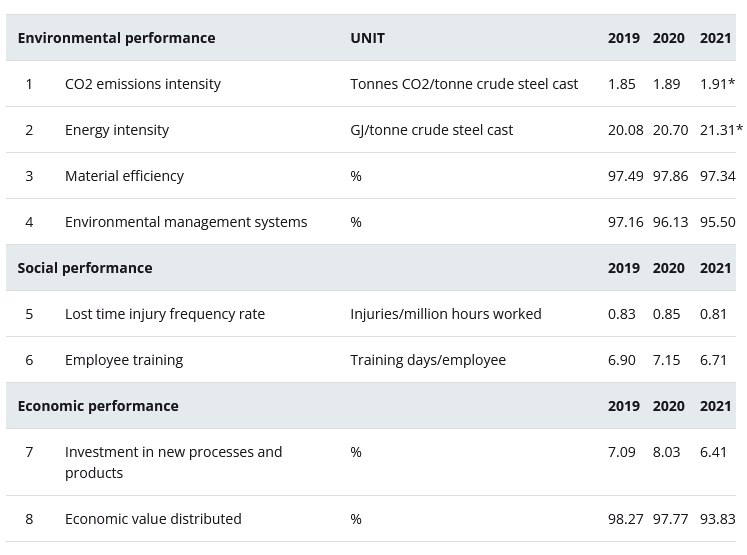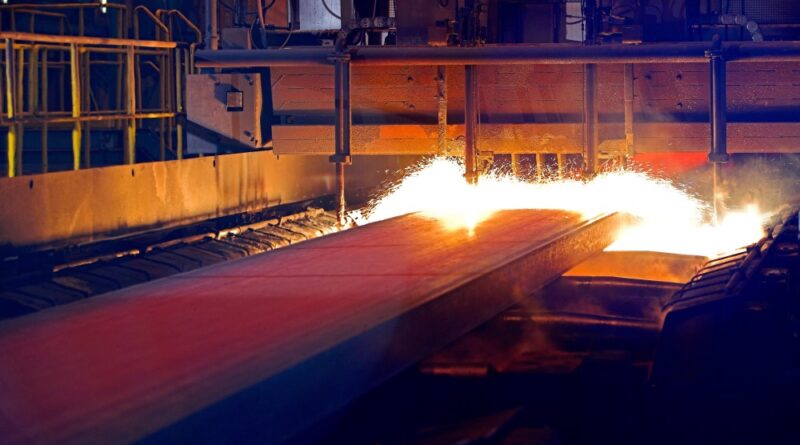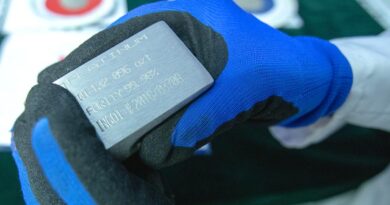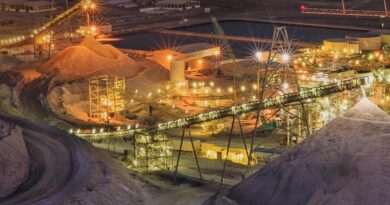Steelmaking sustainability Indicators 2022
Brussels, Belgium – The World Steel Association (worldsteel) today publishes Sustainability Indicators 2022 report.
worldsteel uses eight indicators to measure key aspects of the steel industry’s economic, environmental and social sustainability performance on an annual basis.
The steel industry’s CO2 emissions intensity is a key industry metric and so for the first time, worldsteel is now reporting separately the CO2 and energy intensity of steel manufactured using the blast furnace-basic oxygen furnace (BF-BOF) route, the scrap-based electric arc furnace (Scrap-EAF) route, and the direct reduced iron-based electric arc furnace (DRI-EAF) route. These are in addition to the global CO2 emissions intensity figure we have been reporting for many years.

Up until now the global average CO2 intensity and energy indicators represented a weighted average of the BF-BOF route and the scrap-based EAF route. As of today, this calculation also incorporates DRI-EAF production. The slight increase in the reported figures is largely explained by this adjustment in the methodology and does not represent an increase in the global trend of CO2 emissions and energy intensity; both remain largely stable.
worldsteel members have been providing data for the eight indicators every year since 2004. A total of 104 steel companies and associations were included in this year’s data collection. The 33 companies who provided data for all eight indicators are listed in the report.
The World Steel Association (worldsteel) is one of the largest and most dynamic industry associations in the world, with members in every major steel-producing country. worldsteel represents steel producers, national and regional steel industry associations, and steel research institutes. Members represent around 85% of global steel production.




